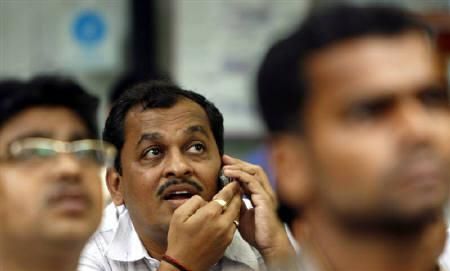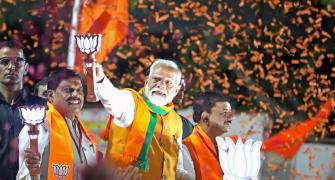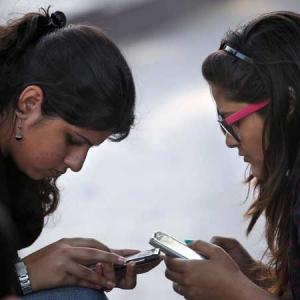
Bharti Airtel, the country's largest telecom player, plans to deploy 8,000 small cells across the country to increase the capacity of its network.
Small cells improve coverage in areas where traffic is high.
These low-powered radio access nodes with a range of 10 metres to two km enable telecom companies to offload peak traffic. They are available for most cellular technologies.
“We are in discussions with government bodies for installation of small cells on bus stops and street poles.
"We are also talking to the urban development ministry and resident welfare associations and plan to install 7,000-8,000 small cells across cities in the next 12 months,” Shyam Mardikar, chief of strategy, architecture and planning at Bharti Airtel, told Business Standard.
The company has deployed 1,000 small cells in the past few months and has invested in tools for auto-optimisation of the network. With automation, networks can be optimised in real time.
“We upgrade our network constantly to manage voice as well as data for second-generation (2G), 3G and now 4G,” Mardikar said. Bharti Airtel is also focusing on in-building solutions to improve coverage. “We are investing heavily in technology for network management,” Mardikar said.
Mobile users have been facing increasing call drops of late and the situation has attracted the government's attention.
The department of telecommunications is regularly meeting telecom companies to review steps taken to arrest call drops. The telecom regulator has issued a consultation paper on compensation to mobile users for call drops.
Telecom companies blame spectrum constraints, lack of permission for installing cell towers and tower sealing drives by municipal bodies. These claims are refuted by the government.
Minister for communications and information technology Ravi Shankar Prasad has been asking operators to optimise their networks and invest more in infrastructure to resolve the situation.
Spectrum is scarce in India and not contiguous, one of the reasons for deteriorating service.
Operators have only 0.1 MHz per million subscribers against most European countries, where operators have three-six MHz per million.
Also, India has 425,000 cell towers and there is a need to add 100,000-200,000 more.
FRESH APPROACH
- Firm in discussions with government bodies for installation of small cells on bus stops and street poles
- It is also talking to resident welfare associations to install 7,000 small cells across cities in 12 months
The image is used for representational purpose only. Photograph: Reuters










